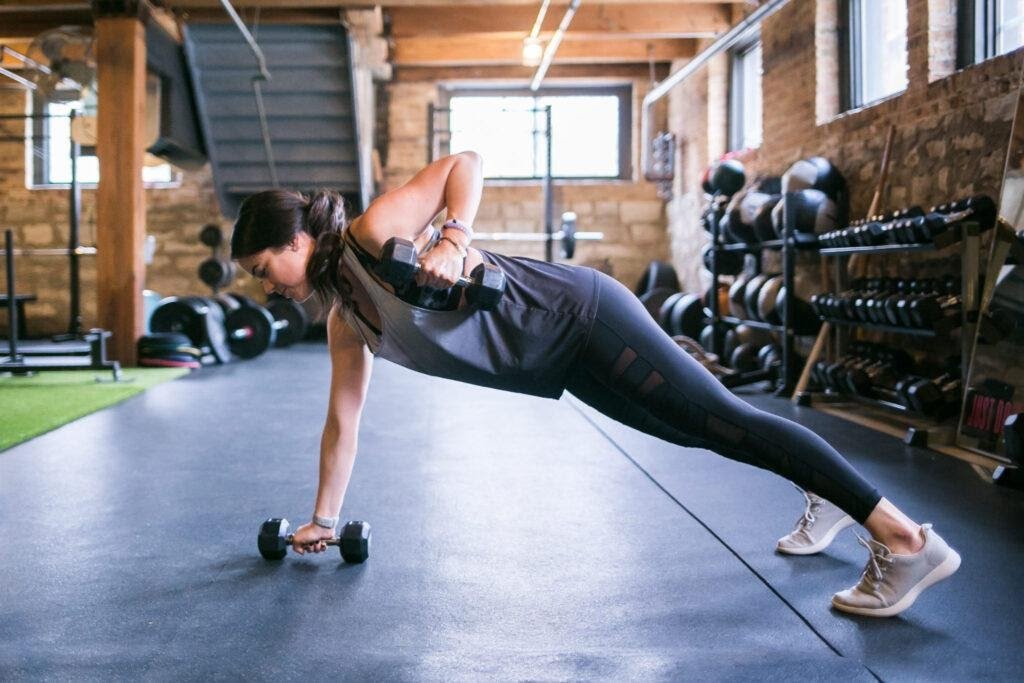At Live Life Physiotherapy we have seen balance across the lifespan. We would like to break down the importance of balance and how you can create daily balance habits to maintain independence through your later years in our series, Let’s Get Down to Balance.
The 3 Systems
Vision- This is the obvious one. With eyes closed, most people sense a reduction in their balance. This is a dominant system when it comes to maintaining your balance and some might not realize there are other systems at work, however people that are blind can still stay upright!
Vestibular- This system resides in your inner ear. It consists of multiple organs that use fluid to sense your head’s positional changes in every plane of motion. If you have ever heard of BPPV or heard of someone that felt like the world was spinning around them, that is your vestibular system malfunctioning.
Proprioception- This is an interesting one because it can be difficult to comprehend. It is basically nerves throughout your body that tell your brain where you are in space. For instance, when you close your eyes, you are able to touch your nose with your fingertip. That is proprioception at work. If you want another way to see proprioception in action (and can do it safely), stand on one foot without any other support. Do you feel/see your ankle twitching and moving around to keep you from falling over? That is proprioception.
3 Strategies
The better your proprioception, the faster your brain and neuromuscular system respond to drifting away from perfectly aligned balance. We call this your “ankle strategy”. It handles most of the balance when you are standing straight up against minimal external forces.
At times, however, it is not enough and if you relied solely on your ankles, we would fall with moderate amounts of forces working against us. In comes your hip strategy. Imagine being pushed in the back and your trunk folds forward, but you don’t have to move your feet to keep your balance.
When all else fails, in comes your stepping strategy. You get pushed in the back or you trip over something and there is no way you can keep your feet where they are and not fall down. Your center of mass is far outside of your base of support. So you move your foot to establish a new base of support and voila, you don’t fall down.
Be on the lookout for the next blog in the series where we discuss balance changes through the lifespan!
Interested in learning more and committing to improving your balance with a comprehensive balance assessment and plan of action?
Reserve your one-on-one consultation at https://livelifephysio.com/contact-us



